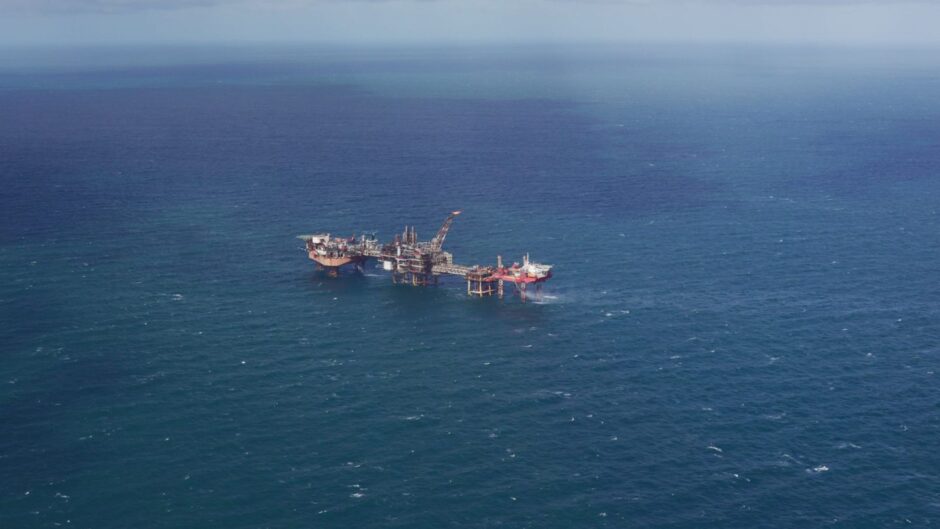
Repurposing of North Sea oil and gas assets for Carbon Capture Utilisation and Storage (CCUS) is starting to happen, and it’s throwing up a tax quandary for the sector’s decommissioning space.
Italian oil giant Eni last month unveiled plans to repurpose its Douglas complex in Liverpool Bay, decommissioning an oil and gas processing platform and installing a new carbon storage unit.
It’s expected more cases like this will follow as the UK sector gains momentum on CCUS, using existing pipelines and infrastructure to bring costs down.
“What qualifies for decom relief under the oil and gas ring-fence compared to what would be part of the CCUS piece?,” Westwood Global analyst Yvonne Telford asked at a Decom Mission joint event with EY last month, citing it as a “grey area”.
The session, led by EY tax director Bob Cardno, sought to answer questions like this as they arise for new energies and repurposing of assets in the UK oil and gas sector.
Decom relief and CCUS repurposing
To apply for tax relief under the current regime, the oil and gas sector has to meet certain criteria, such as establishing it has relevant assets being used for a “ring-fenced” oil and gas purposes.
There are “apportionment” provisions for partial use, but some change of use activities are ignored, which the legislation is yet to catch up on for CCUS repurposing.
For firms seeking to exit the basin, that could throw up headaches due to ambiguity over decommissioning liabilities if assets are sold for CCUS use, the audience noted.
Cardno said change is afoot on the legal front for CCUS and is expected to make matters easier.
“For CCUS in particular there is a question being debated as part of the whole CCUS business model at the moment about when the asset moves then to become part of the CCS business, exactly how does that happen?
“And how much does the oil and gas operator contribute towards the decommissioning of assets that start to be used for the CCUS activity?
“There’s a change in law that’s going through at the moment, hasn’t yet been enacted, which will hopefully give some decommissioning relief to the oil and gas operator for the amount they contribute to the decommissioning of those assets post their use for CCS purposes and effectively that would get some relief.
“But that’s still to go through because CCUS is all just a little bit under development.”
The Autumn Statement last year outlined the plans to make changes to the system (see point 2.19).
For the decom work ongoing at Liverpool Bay, prior to CCUS, most of that is likely to meet tax relief tests, he added.
Floating wind for electrification
Other repurposing areas are also arising with potential to cause tax headaches, such as the use of a floating wind project to electrify oil and gas production.
Asked what would fall under “oil and gas” activity for decommissioning tax relief purposes, Cardno said it would mean discussion of what’s considered an “offshore installation” under the rules.
“I would probably be interested there in thinking about offshore wind for the purposes of oil and gas production, whether they would sit in the definition of ‘offshore installation’. That would probably be the first thing.
“The other hurdle is that the assets must have been used, wholly or partly, for a ring-fenced purpose and there is, in terms of that definition, apportion provisions where you have partial use for other activities.
“Again, one of the other changes we’ve had over the years, back in 2009, was that where you’re repurposing assets and using them for other purposes – other than oil and gas production – then that doesn’t trigger the partial use apportionate. So you can have assets that have been used for oil and gas purposes – perhaps stick wind turbines on them and use them for offshore wind generation – that’s not going to cause a problem with the decommissioning relief because of the purpose of that rule.
“But coming back to the notion of a turbine that’s purely for the purpose of offshore production, you may not have an issue around partial use if that’s the sole use of that turbine, but whether it’s an ‘offshore installation’ type of thing to consider. “
Recommended for you


 © Supplied by EY/ Linkedin
© Supplied by EY/ Linkedin